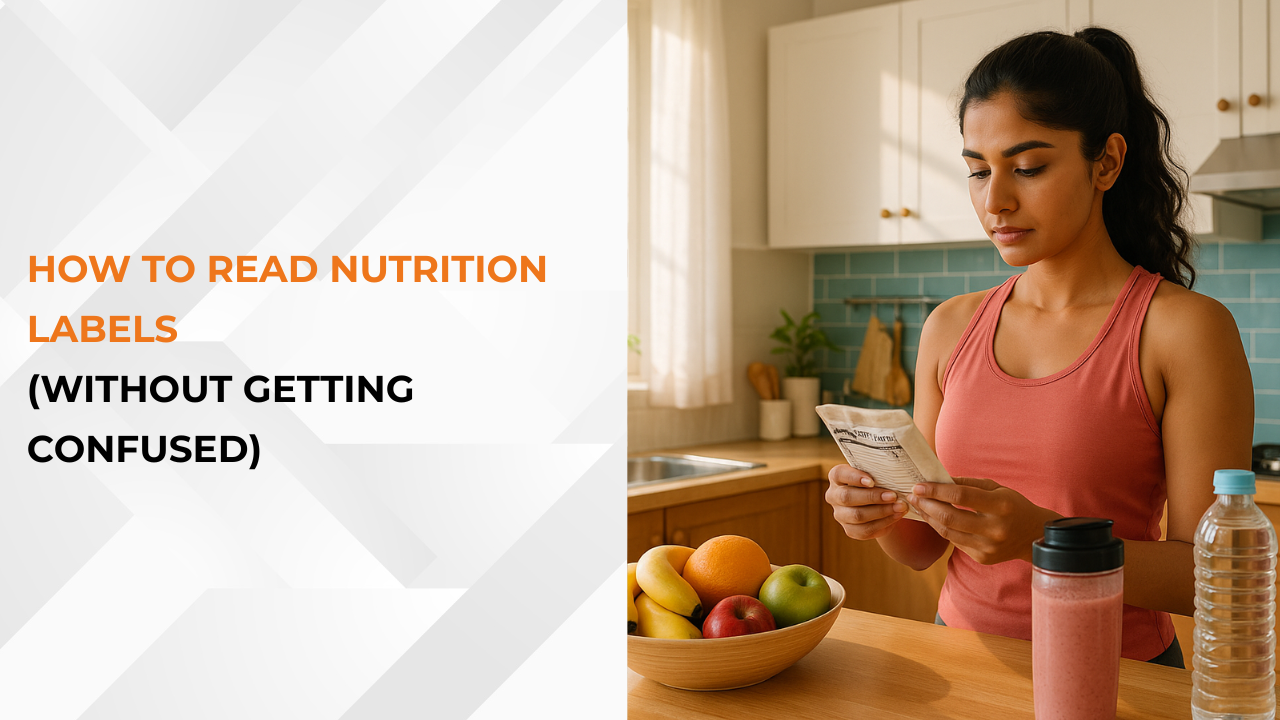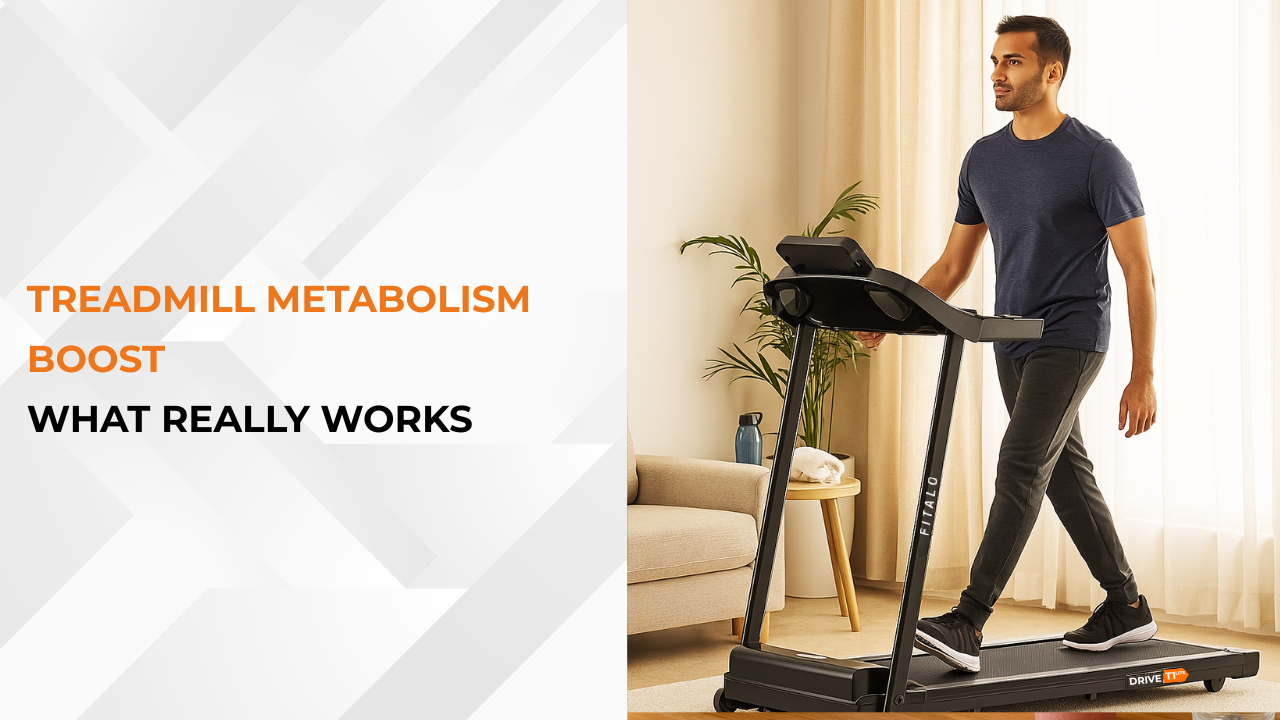How to Read Nutrition Labels (Without Getting Confused)

If you’ve ever spun around an antidote to hunger and gotten blown away by the numbers, you’re not alone. Nutrition labels can seem like rocket science, but once you know what to be looking for, they become your best friend on the path to healthier living and fitness. No matter what your target is, weight control, building strength, or just feeling healthier, the secret to long-term success, on and off the treadmill is knowing what you’re putting into your body.
1. Begin with the Serving Size
The size of the serving sets the stage for all the rest. All the calorie and nutrient statements on the label refer only to that quantity, not to the entire package. A granola bar, for example, could be 120 calories a serving, but there are two servings in the package, so the entire package is 240 calories.
Tip: Always compare products of the same serving size to make a fair judgment.
2. Calories Inform You of Energy, Not Nutrition
Calories measure energy, not quality. Note where those calories are derived – protein, carbohydrate, or fat.
Protein: A necessity for repairing muscle and being satisfied.
Carbohydrates: Opt for complex carbohydrates with fiber to prevent sugar plunges.
Fats: Select healthier fats (such as nuts or olive oil) in place of trans fats.
If you’re looking to achieve weight equilibrium and improved endurance, the combination of mind eating and moderate exercising will be especially effective. Jogging on a motorized treadmill such as the Fitalo Drive T1 Plus Multi-Function Motorised Treadmill burns up calories effectively while monitoring progress. Smart nutrition and regular cardio on top provide tangible, long-term results.
3. Learning Sugars and Added Sugars
Most foods now list added sugars separately. Natural sugars (from fruits or milk) are okay in moderation, but added sugars : sweet syrups, glucose, and refined sweeteners contain calories with no nutrients.
Restrict added sugars to 20-25g per day, and check the ingredient list for sneaky sweeteners such as maltose or corn syrup.
4. Sodium – The Sneaky Ingredient
Salt (sodium) is deceptive in processed foods, which may not taste salty. Excess sodium leads to water weight and high blood pressure. Choose items less than 200mg per serving and flavor with herbs, lemon, or spices instead of added salt.
5. Look for Fiber and Whole Ingredients
Fiber keeps the digestive system on track and makes you feel more full longer, a definite requirement if you are attempting to monitor portions. Look for a minimum of 3g per serving in breakfast cereals or snacks.
Ingredients are listed by quantity, so if you notice only added sugar or white flour as the first on the list, you can be sure that the food is not very well balanced. Opt for whole-grain, high-fiber, and low-processing foods instead.
6. Micronutrients Matter Too
Don’t skip over vitamins and minerals. Calcium, iron, and potassium are vital for energy and recovery. Reading these values helps ensure you’re not just hitting calorie targets, but also meeting your daily nutritional needs.
Final Thought
Nutrition labels are not so intimidating when you understand what to look for: serving size, macro ratio, and hidden things like sugar and sodium. Simple everyday habits create long-term well-being. Combine intelligent eating with everyday exercise on machines such as the Fitalo Drive T1 Plus treadmill for healthy, whole-body wellness that really works for you.
Your health does not start at the gym, it starts in your kitchen. Educate yourself on reading, selecting, and moving smarter.
To learn more about home fitness equipment, wellness solutions, and treadmills according to the lifestyle of today, go to the Fitalo Official Website.

